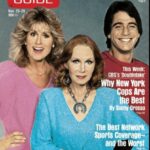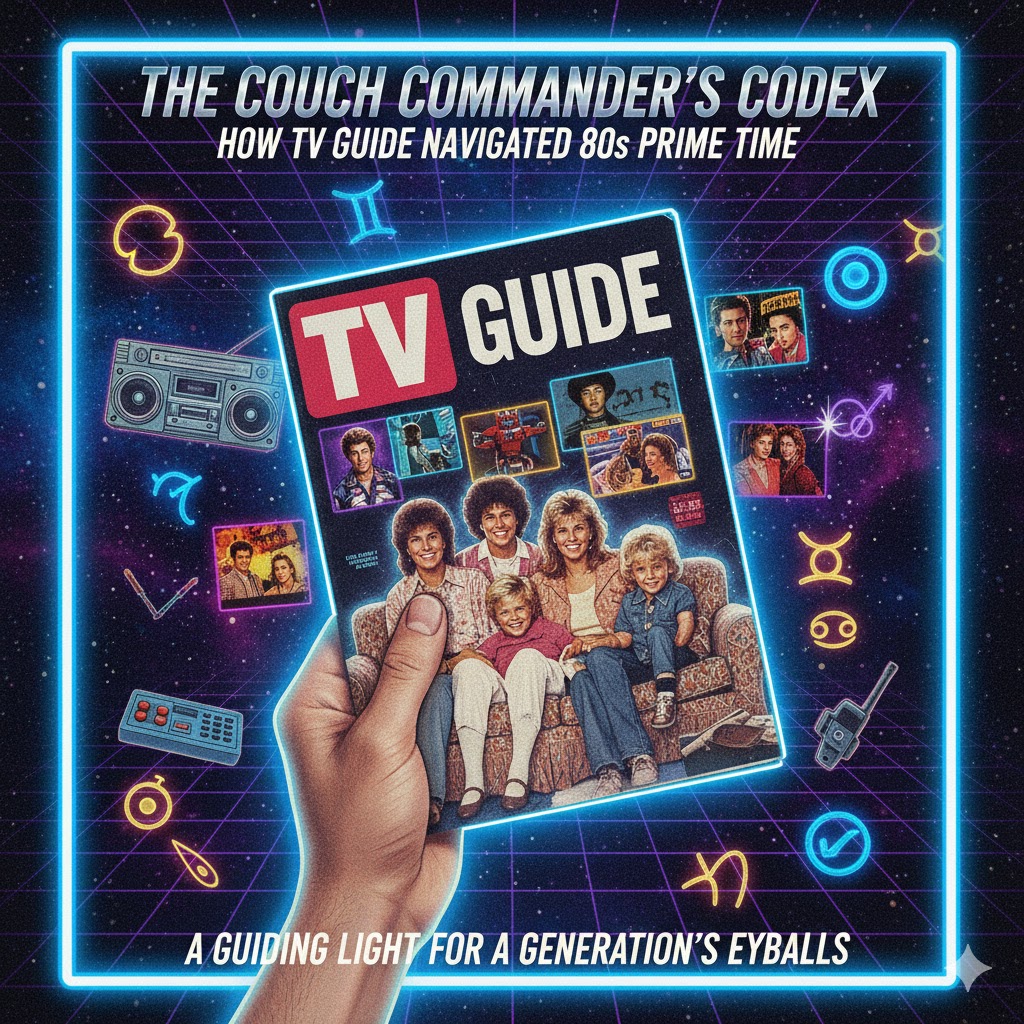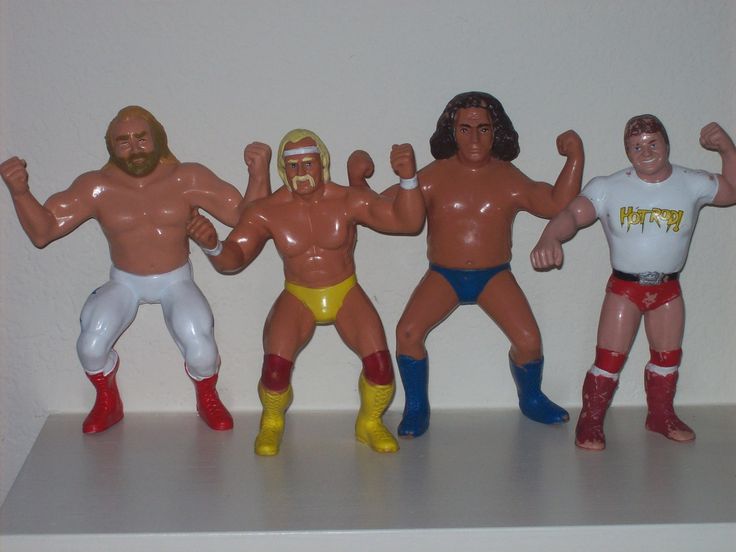 The 1980s were a golden age for television. With cable networks expanding rapidly, primetime programming exploding with sitcoms, dramas, and talk shows, and Saturday morning cartoons capturing the imaginations of kids across America, television became the cultural heartbeat of the decade. At the center of this TV-centric lifestyle was TV Guide, the pocket-sized magazine that became much more than a simple schedule—it was a cultural compass, a conversation starter, and a symbol of how people experienced media in the pre-digital era. Its influence permeated homes, offices, and schools, shaping social interactions, fandoms, and even fashion in ways that defined 1980s pop culture.
The 1980s were a golden age for television. With cable networks expanding rapidly, primetime programming exploding with sitcoms, dramas, and talk shows, and Saturday morning cartoons capturing the imaginations of kids across America, television became the cultural heartbeat of the decade. At the center of this TV-centric lifestyle was TV Guide, the pocket-sized magazine that became much more than a simple schedule—it was a cultural compass, a conversation starter, and a symbol of how people experienced media in the pre-digital era. Its influence permeated homes, offices, and schools, shaping social interactions, fandoms, and even fashion in ways that defined 1980s pop culture.
TV Guide first emerged in the 1950s as a practical tool for navigating the growing number of television channels. By the 1980s, it had transformed into an indispensable cultural artifact. Its iconic red-and-white covers, celebrity features, and detailed listings offered more than just programming information; they provided insight into trends, emerging stars, and the narratives shaping the decade. Families, roommates, and office workers alike relied on TV Guide to plan evenings, weekend binges, and communal viewing experiences. The magazine offered a curated lens through which the explosion of cable television could be made sense of, and it quickly became a mirror reflecting the tastes, interests, and aspirations of 1980s audiences.
The rise of cable television in the 1980s created both opportunities and challenges for viewers. With networks multiplying and channels dedicated to news, music, movies, and niche programming, audiences faced an overwhelming array of choices. TV Guide’s concise listings and editorial features helped readers navigate this new landscape. The magazine’s editorial sections often highlighted must-see shows, provided reviews, and offered behind-the-scenes glimpses of productions, granting readers access to a world that was otherwise limited to those in Hollywood or New York. In doing so, TV Guide positioned itself as a tastemaker, a cultural authority whose recommendations could shape watercooler conversations, fan enthusiasm, and even advertising campaigns.
One of TV Guide’s most significant impacts on 1980s pop culture was its role in shaping celebrity culture. Each issue featured cover stories, interviews, and photo spreads of the era’s biggest television stars. From Tom Selleck’s mustachioed charm in Magnum, P.I. to Cybill Shepherd in Moonlighting, the magazine offered intimate glimpses into the lives and personalities of the actors who defined the decade. For fans, TV Guide was a bridge between the on-screen performances and the off-screen realities of their favorite stars. People didn’t just watch TV—they followed it through TV Guide, using its pages to learn about fashion, lifestyle, and personalities, effectively blending entertainment consumption with celebrity fandom in ways that foreshadowed modern celebrity culture.
Television itself became more central to daily life because of TV Guide. Families scheduled dinners, homework, and evening routines around the programming highlighted in its pages. Popular shows created communal experiences, with children and adults alike gathering around the TV at the prescribed times, ensuring they didn’t miss the latest episode. TV Guide didn’t just document the schedule; it helped shape it. Its “TV Preview” sections, features on upcoming specials, and editorial recommendations gave audiences a sense of anticipation and excitement. The magazine turned routine viewing into an event, fostering a shared cultural experience that spanned neighborhoods, schools, and workplaces.
TV Guide also played a key role in defining and supporting fandoms during the 1980s. Before the internet, before fan forums and social media, TV Guide provided a tangible way for fans to engage with their favorite shows. Detailed episode guides, feature stories, and previews allowed viewers to discuss plotlines, speculate on character arcs, and follow ongoing narratives in serialized dramas. For shows like Dallas, Dynasty, or Cheers, where plot twists and cliffhangers were crucial to viewer engagement, TV Guide became a ritualistic tool for following the storylines week by week. Its pages encouraged not only passive consumption but active participation in the shared excitement of television storytelling.
The magazine’s accessibility also made it a cultural equalizer. Regardless of age, gender, or socioeconomic background, TV Guide could fit in a purse, backpack, or kitchen counter, making it widely available to households across the country. Children flipped through pages to find cartoons, teens used it to track primetime dramas, and parents used it to plan evening programming. This universal appeal gave TV Guide a unique influence: it wasn’t just a magazine for any one demographic but a reflection of the broad, collective interests of American society. Its presence in homes reinforced the centrality of television to daily life and cemented it as a cultural artifact of the decade.
Aesthetic design was another key element of TV Guide’s 1980s impact. Its bold, colorful covers featuring stars in dramatic poses made the magazine visually striking and collectible. People didn’t just buy it for the listings—they bought it to have a piece of pop culture in their hands. Covers featuring iconic stars, memorable shows, or culturally significant events became conversation pieces and memorabilia, with readers often saving back issues to recall trends, celebrity appearances, or notable television moments. This collectible quality elevated TV Guide from a practical tool to a pop culture symbol, a tangible record of the decade’s entertainment landscape.
The magazine also influenced the commercial landscape of television and consumer products. Advertisers and networks recognized TV Guide’s central role in shaping viewing habits and cultural awareness. The placement of shows in TV Guide listings, as well as featured reviews and articles, could directly impact viewership and popularity. For products tied to television, such as toys, merchandise, or syndicated programming, TV Guide was a crucial partner in marketing strategies. Its influence extended beyond mere content consumption, affecting advertising trends and the commercialization of television culture during the decade.
TV Guide’s editorial voice played a formative role in shaping the cultural narrative around television. Its critics and features helped audiences distinguish between programming, navigate new genres, and identify trends. From sitcoms to soap operas, from late-night talk shows to Saturday morning cartoons, TV Guide provided context, commentary, and analysis, giving readers insight into the broader significance of what they watched. This role as both guide and cultural commentator helped television be taken seriously as a medium, not just as entertainment, but as a reflection of societal values, humor, and storytelling innovation.
For children and teenagers, TV Guide served as a bridge to independence and self-expression. Teen readers often circled favorite shows, planned viewing schedules, and even used the listings to organize social events. Birthday parties, sleepovers, and weekend plans frequently revolved around the shared anticipation of a particular show or special broadcast. In this sense, TV Guide became a tool for social navigation, giving young people a shared reference point for conversation, friendship, and cultural participation. It wasn’t just about seeing a show; it was about being part of a collective experience defined by the rhythms of television.
The magazine also contributed to the visibility of emerging networks and niche programming. Channels like MTV, Nickelodeon, and cable news outlets benefited from coverage in TV Guide, which helped audiences discover programming beyond the major broadcast networks. By highlighting new shows, unique specials, and late-night offerings, the magazine expanded viewers’ horizons and cultivated taste-making authority. TV Guide empowered readers to explore the full spectrum of 1980s television, encouraging experimentation and discovery in an era when media options were rapidly diversifying.
Cultural events and phenomena were often amplified through TV Guide’s pages. Special issues focusing on premieres, award shows, or cultural milestones offered insights, interviews, and features that became reference points for discussions and social rituals. For instance, coverage of the finale of MASH*, the rise of Family Ties, or groundbreaking specials on MTV or CNN were framed within TV Guide as culturally significant moments, reinforcing their impact on national conversation. The magazine served as both chronicler and amplifier, ensuring that television’s cultural relevance was documented, celebrated, and widely disseminated.
Ultimately, TV Guide’s significance in 1980s pop culture lies in its multifaceted role as guide, tastemaker, communicator, and cultural artifact. It wasn’t merely a source of information—it shaped the way people experienced television, understood celebrities, engaged with entertainment trends, and connected socially. It created shared reference points, encouraged participation in fandoms, and fostered both domestic and communal engagement with the medium. Its presence in homes, offices, schools, and dormitories ensured that television was not just a solitary activity but a cultural touchstone that united audiences across the country.
The legacy of TV Guide endures because it captured the essence of a pivotal decade in media history. Its impact on viewing habits, celebrity culture, fandom, and consumer behavior illustrates the deep interconnection between print media and popular culture. By providing curated content, editorial insight, and accessible listings, TV Guide empowered audiences to engage actively with television, transforming passive viewers into informed participants. Its influence extended beyond schedules to shape aesthetic, social, and cultural sensibilities, making it one of the most significant pop culture artifacts of the 1980s.
For those who grew up during the decade, flipping through the pages of TV Guide evokes memories of anticipation, discovery, and shared cultural experience. It reminds readers of a time when television wasn’t on demand, when watercooler discussions revolved around plot twists, and when a magazine could serve as both guide and authority on entertainment. TV Guide provided structure to the chaos of cable expansion, context to the growing media landscape, and a sense of connection between viewers and the stars they admired.
TV Guide in the 1980s was more than a magazine—it was a cultural compass, a unifying force, and an emblem of a decade defined by the rise of television as the central medium of entertainment, information, and social interaction. Its influence on viewing habits, celebrity awareness, and fandoms helped shape the cultural fabric of the era, leaving a legacy that continues to resonate. The magazine captured the spirit of the 1980s: colorful, engaging, ambitious, and endlessly fascinated with the stories that television could tell.
As the pages turned, audiences discovered more than programming schedules—they discovered a shared language of pop culture, a guide to social conversations, and a window into the rapidly evolving world of television. TV Guide was the key to unlocking the decade’s entertainment universe, and its impact on 1980s pop culture remains indelible—a testament to the power of print media to shape perception, taste, and experience in the age before digital immediacy.



